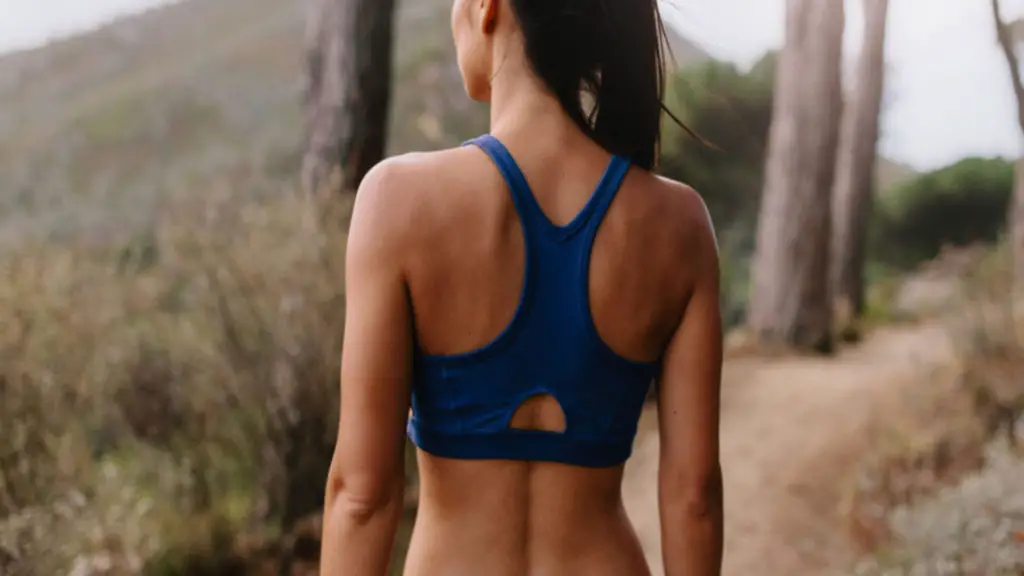Women have always had a problem with being confined, and we have always taken matters into our own hands. After years of being bound tightly with cotton, leather, whalebone, wood, and animal horns, finally, in the early 1900s, dancers broke free and started taking the metal hooks out of their corsets and replacing them with plastic. In 1914, a patent was issued to Mary Phelps Jacobs for the first brassiere, and from there we have worked diligently to find the perfect balance of support and freedom, because in life, such as with bras, we want to be held but not stifled. In 1966 Bobbi Gibb ran the Boston Marathon in a one-piece bathingsuit and shorts, and the gears of the sportswear designers started turning. In 1977, Lisa Lindahl, Hinda Miller, and Polly Smith created the first sports bra, first called the JockBra, later called the JogBra, crafted out of two jockstraps. Their groundbreaking invention removed a barrier to women’s participation in athletics, advanced women’s health, and launched a multi-billion dollar industry.
And now our biggest problem is that the selection is so large that we often have a hard time picking a cut, color, fabric, style, size, or brand name.
Types Of Sports Bras
- Compression: Firm stretchy fabric holds your breasts close to your body. Good for low impact sports
- Encapsulation: A more traditional bra sort of bra, with cups to isolate and hold your breasts in place. Good for medium impact sports
- Hybrid: The best of both worlds for high impact sports
Cuts Of Sports Bras
- Racerback
- U-back
- Halter/high neck
- Full torso length camisole with built in bra
Key Features To Look For In A Hiking Sports Bra:
- No buckles to adjust straps
- No hooks to close the back
- Easy to put on and take off; front zip is nice
- Straps should be wide enough that they don’t dig in
- If you carry a heavy pack, veer away from a racerback style as that adds under-pack chafing potential
- Look for wool or a synthetic blend that will be breathable and moisture-wicking
Sizing
- Consider getting measured/fitted; our bodies do change over time and women often walk around for years not realizing they are in the wrong size
- Sports bras should fit the same as regular bras: not too tight, not too loose. If you are spilling out of the armpits, cleavage, or deltoids, or if it feels at all pinchy or hard to breathe, go a size up
- Generally sports bras run XS, S, M, L, XL. Here’s a conversion chart:
Some Of Our Favorites
- The Athleta Panache
- Patagonia Barely
- Brooks Hot Shot
- Icebreaker Merino Siren
- Odlo Seamless High
Some of our favorite camisole/tank tops:
- Patagonia Capliene Cool Trail Tank Top
- Prana Liliana
- Outdoor Research Nuance
- Black Diamond Campus Tank
- Athleta Oxygen Two-toned Tank
When you go off into the wild, the last thing you want to think about is your bra; having one that fits well and feels comfortable will allow you to get down to the business of climbing peaks, running ridges, and trekking to your heart’s content.

Wendy Harrington is a California native who has lived in a small town at the foothills of the Cascade Mountains in Washington state since 2001. Her love of trail running and peakbagging has led her to summit all five Washington volcanoes, climb to the high points of three states, and put nearly a thousand miles a year on her boots. Her loves include ridgelines, saddles, granite, one-day pushes on big mountains, anything volcanic, long solo days, and objectives that push limits and test endurance.

